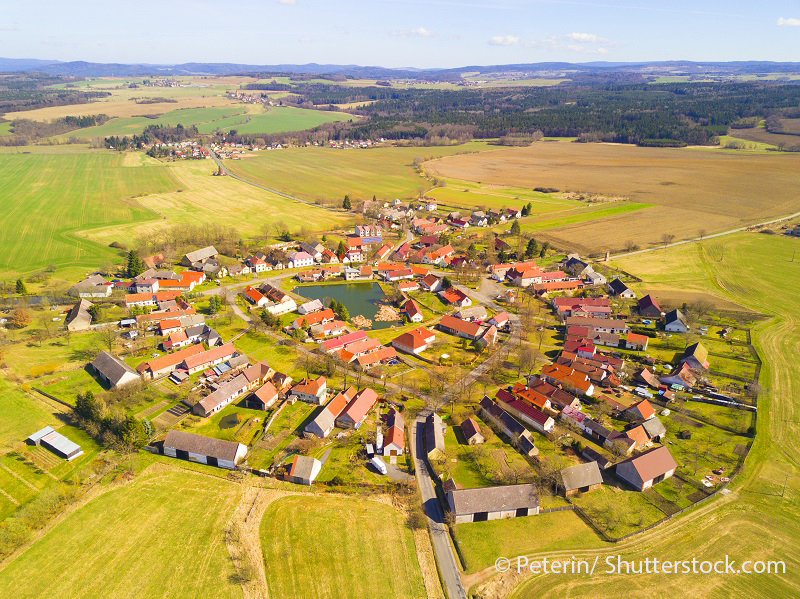Have you ever asked yourself how Sustainable Development Goal indicators on sustainable cities and communities can be compared if countries across the world have a different understanding of what a “city” actually is? How can one analyse urban exposure to air pollution or rural poverty when there is no common understanding of what “urban” and “rural” means?
The United Nations Statistical Commission, in its 51st session held in March 2020, officially endorsed a new global method for classifying and comparing cities, urban areas and rural areas in any part of the world.
This new method, called ‘the degree of urbanisation’ (DEGURBA), classifies the entire territory of a country into three classes (cities; towns and semi-dense areas; rural areas) and it has two extensions:
- The first extension identifies cities, towns, suburban or peri-urban areas, villages, dispersed rural areas and mostly uninhabited areas.
- The second extension adds a commuting zone around each city to create a functional urban area or metropolitan area.
Eurostat, the Statistical Office of the European Union, now publishes over 100 indicators by Degree of Urbanisation, including multiple Sustainable Development Goal (SDG) indicators.
Six international organisations, the European Union, The Food and Agriculture Organization of the United Nations (FAO), the International Labour Office (ILO), the Organisation for Economic Cooperation and Development (OECD), the United Nations Human Settlements Programme (UN-Habitat) and the World Bank, have been working closely together to develop this harmonised method to facilitate international statistical comparisons.
For more information, see the ‘Methodology to delineate cities, urban and rural areas for international statistical comparison’.
To contact us, please visit our User Support page.
For press queries, please contact our Media Support.


